Fraud Prevention and Security Measures
The Magnetic Ink Recognition Devices Market is witnessing a heightened focus on fraud prevention and security measures. With the increasing sophistication of fraudulent activities, financial institutions are prioritizing the implementation of Magnetic Ink Recognition Devices Market to safeguard transactions. These devices are designed to detect and prevent check fraud, which has been a persistent issue in the banking sector. The market is projected to expand as organizations recognize the importance of investing in secure technologies. In fact, the global cost of check fraud is estimated to reach billions annually, prompting banks to adopt Magnetic Ink Recognition Devices Market as a proactive measure. This emphasis on security is likely to drive demand and innovation within the industry.
Regulatory Compliance and Standardization
The Magnetic Ink Recognition Devices Market is significantly influenced by the need for regulatory compliance and standardization in financial transactions. Governments and financial institutions are increasingly mandating the use of Magnetic Ink Character Recognition (MICR) technology to ensure secure and efficient processing of checks. This regulatory push is expected to drive the adoption of Magnetic Ink Recognition Devices Market, as businesses strive to meet compliance requirements. In recent years, the market has seen a notable increase in the implementation of MICR standards, which has further solidified the role of these devices in the financial ecosystem. As compliance becomes more stringent, the demand for reliable Magnetic Ink Recognition Devices Market is anticipated to rise, thereby fostering market growth.
Expansion of E-commerce and Retail Sectors
The Magnetic Ink Recognition Devices Market is benefiting from the expansion of e-commerce and retail sectors. As online transactions continue to proliferate, businesses are increasingly adopting Magnetic Ink Recognition Devices Market to facilitate secure payment processing. The rise in e-commerce has led to a greater need for efficient check processing solutions, as many retailers still accept checks as a form of payment. This trend is expected to drive the market forward, as retailers seek to enhance their payment systems. Additionally, the integration of Magnetic Ink Recognition Devices Market with point-of-sale systems is likely to create new opportunities for growth. As the retail landscape evolves, the demand for these devices is anticipated to increase, further propelling the Magnetic Ink Recognition Devices Market.
Growing Demand in Banking and Financial Services
The Magnetic Ink Recognition Devices Market is experiencing a growing demand within the banking and financial services sector. As financial institutions seek to enhance operational efficiency and reduce processing times, the adoption of Magnetic Ink Recognition Devices Market is becoming increasingly prevalent. The market is expected to grow as banks and credit unions invest in these devices to streamline check processing and improve customer service. Recent data indicates that the volume of checks processed annually remains substantial, despite the rise of digital payments. This persistent demand for check processing solutions is likely to sustain the growth of the Magnetic Ink Recognition Devices Market, as institutions look for reliable and efficient technologies.
Technological Advancements in Magnetic Ink Recognition Devices
The Magnetic Ink Recognition Devices Market is experiencing a surge in technological advancements that enhance the efficiency and accuracy of these devices. Innovations such as improved scanning algorithms and integration with artificial intelligence are making it possible to process checks and documents with unprecedented speed. The market is projected to grow at a compound annual growth rate of approximately 5.2% over the next five years, driven by these advancements. Furthermore, the introduction of mobile and portable Magnetic Ink Recognition Devices Market is expanding their applicability in various sectors, including banking and retail. As organizations seek to streamline operations and reduce errors, the demand for advanced Magnetic Ink Recognition Devices Market is likely to increase, positioning the industry for robust growth.
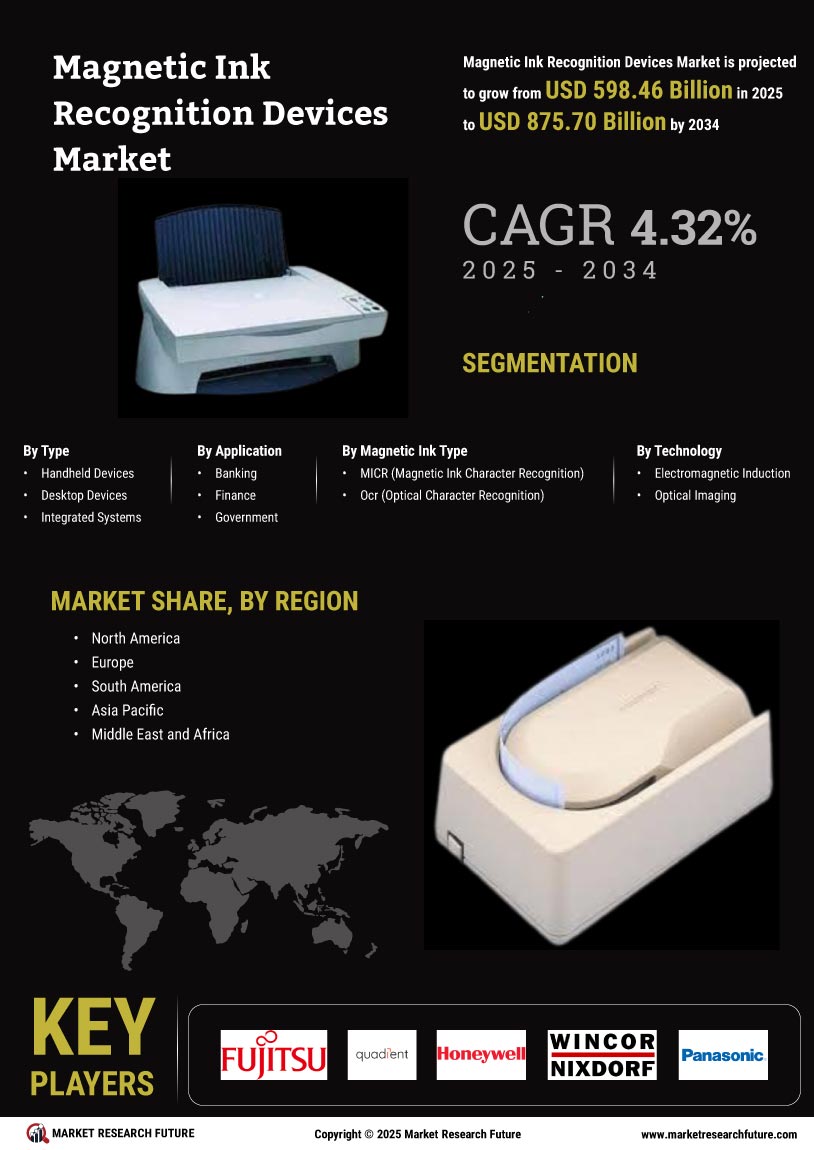


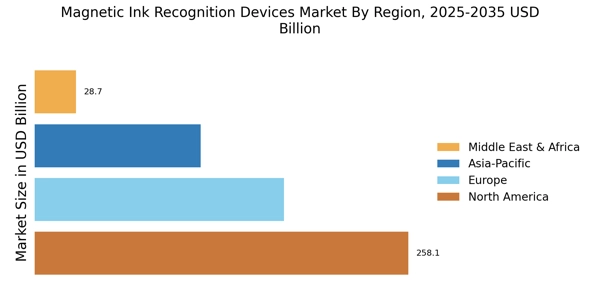
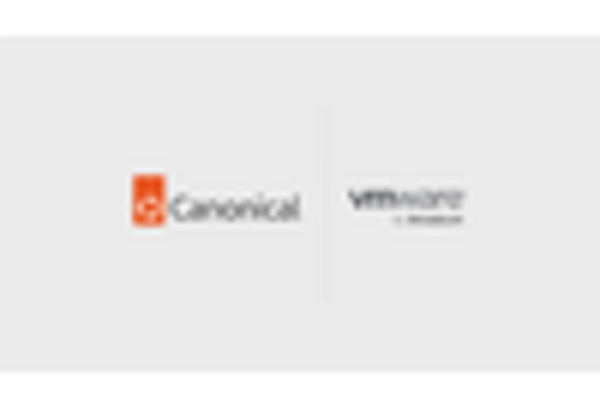


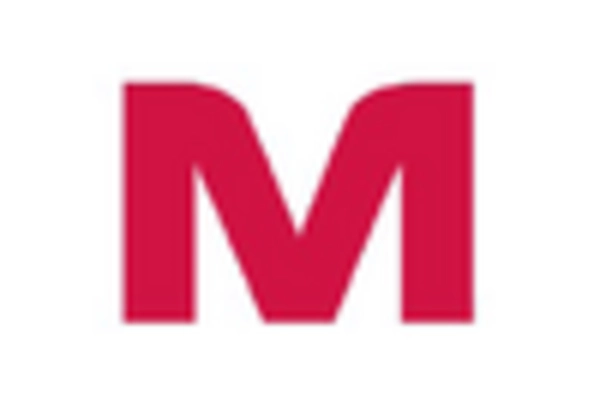
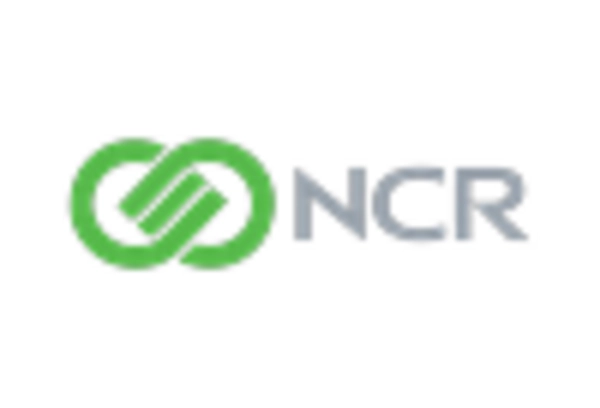









Leave a Comment